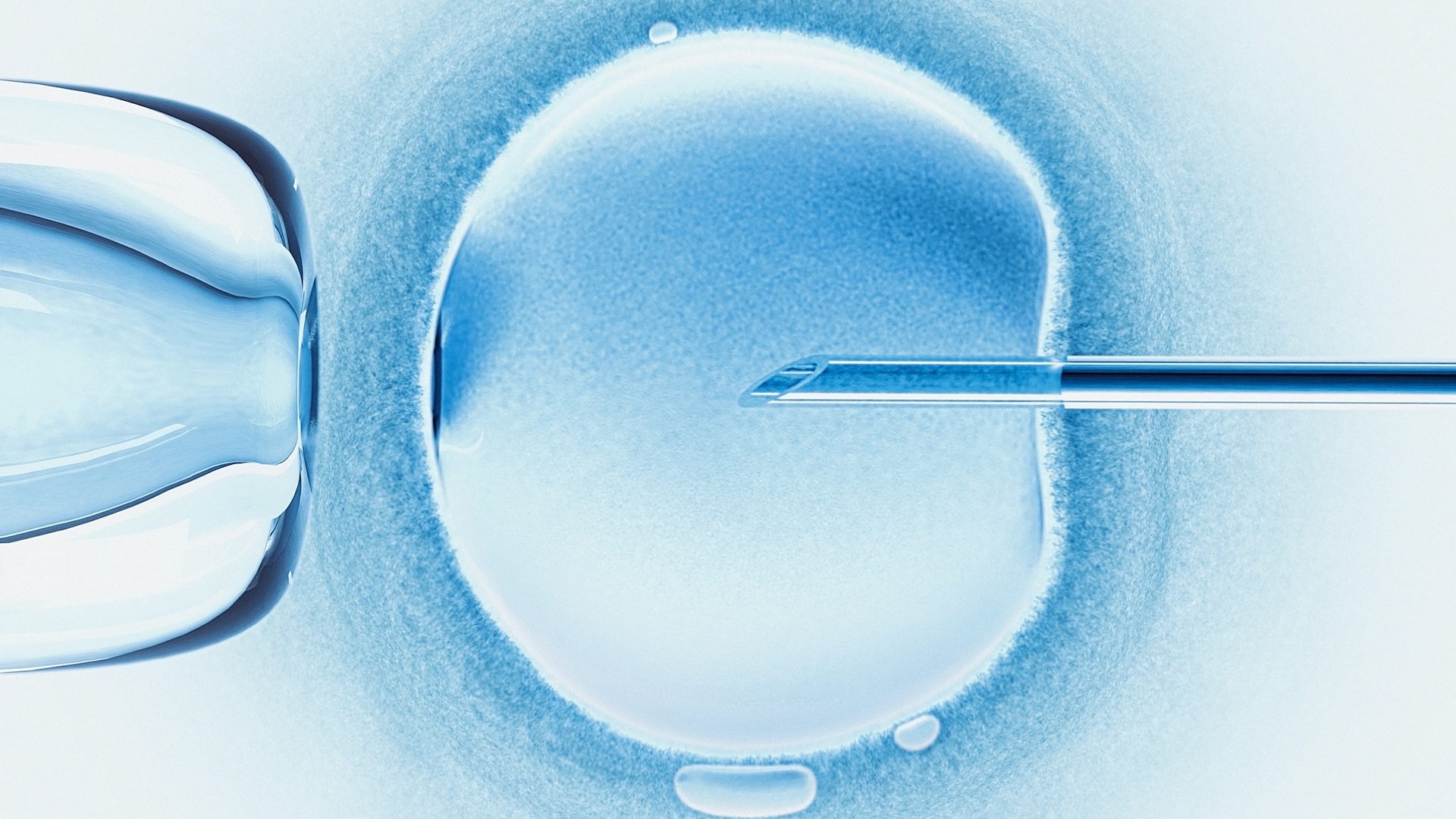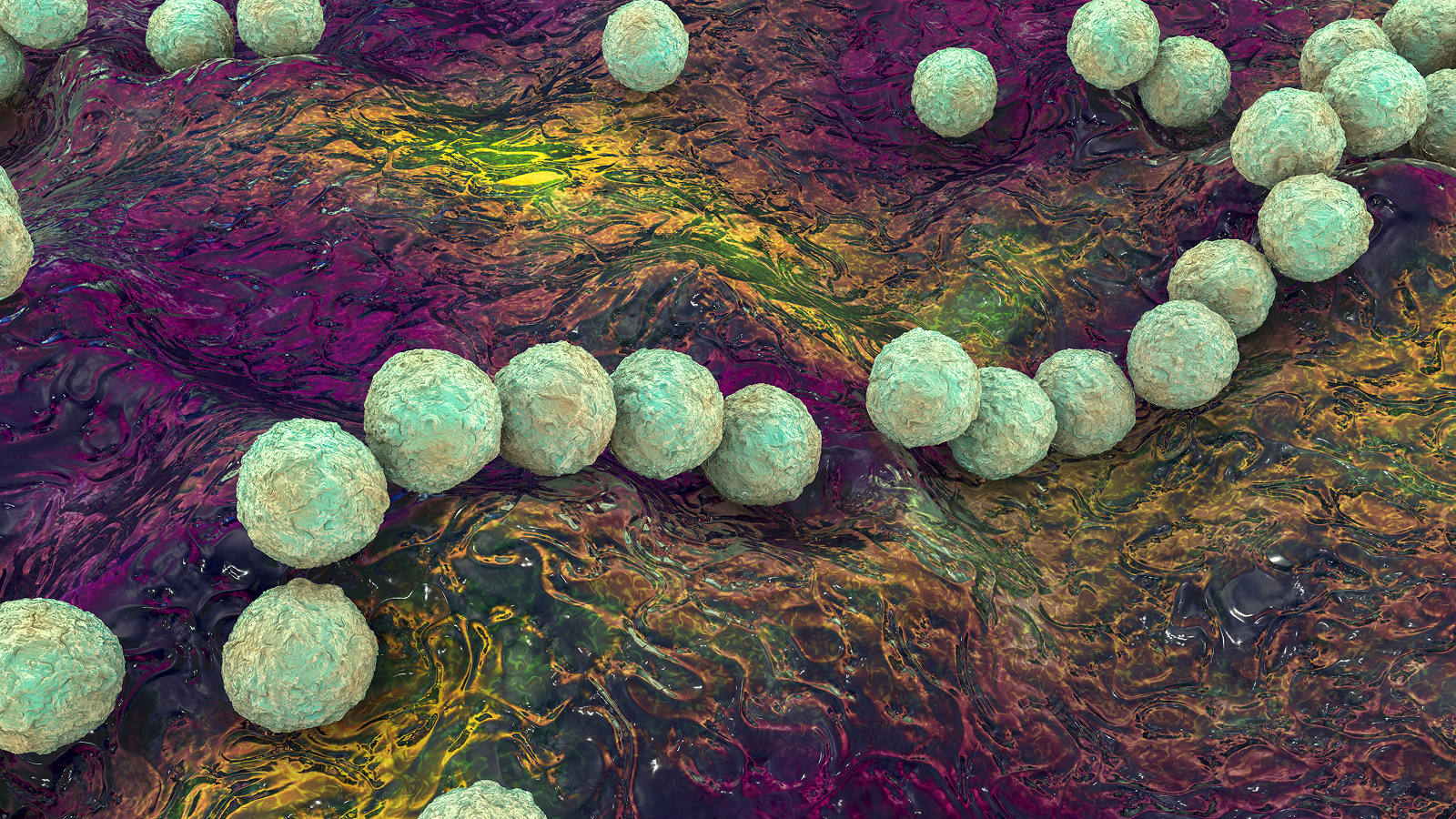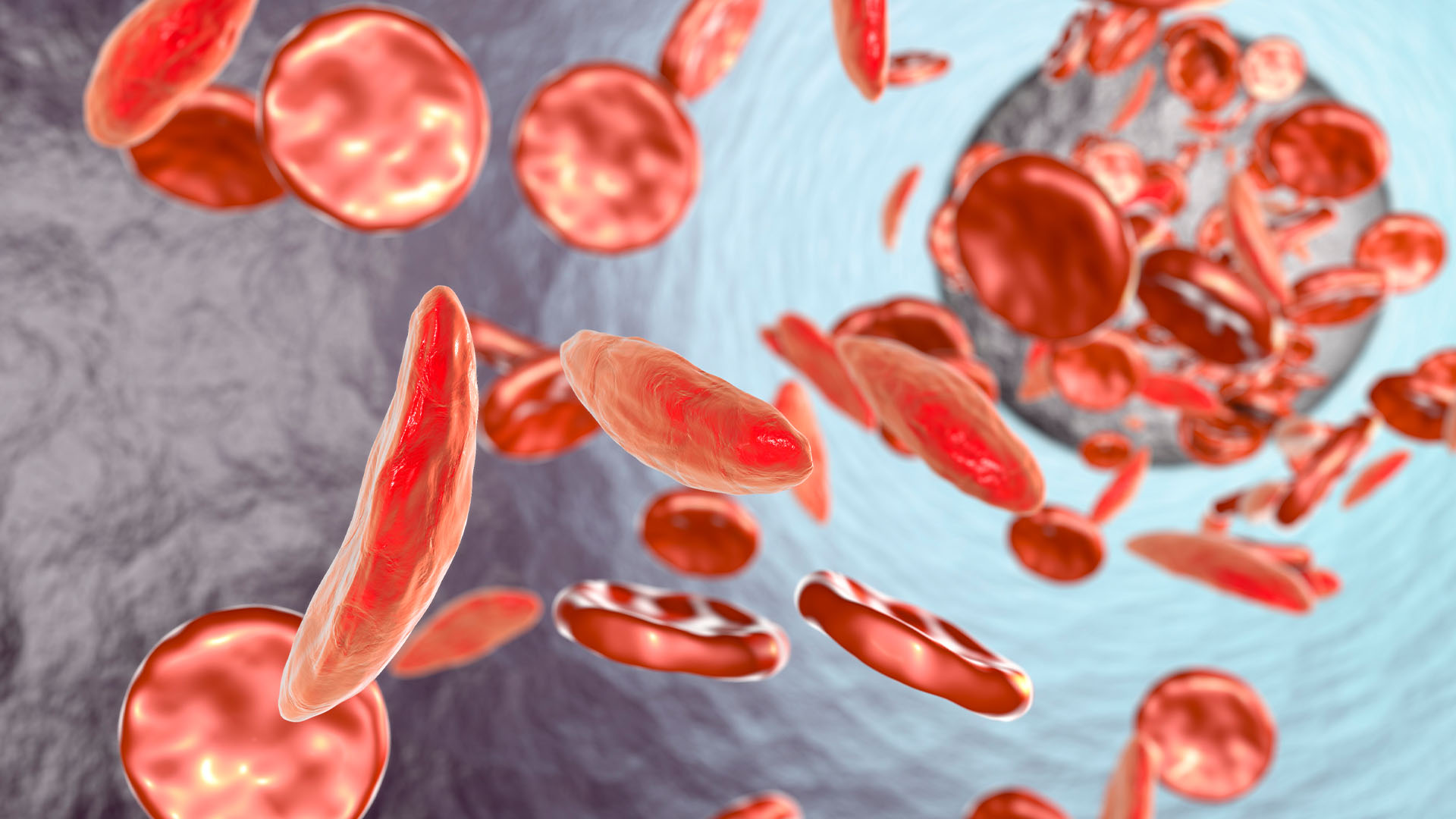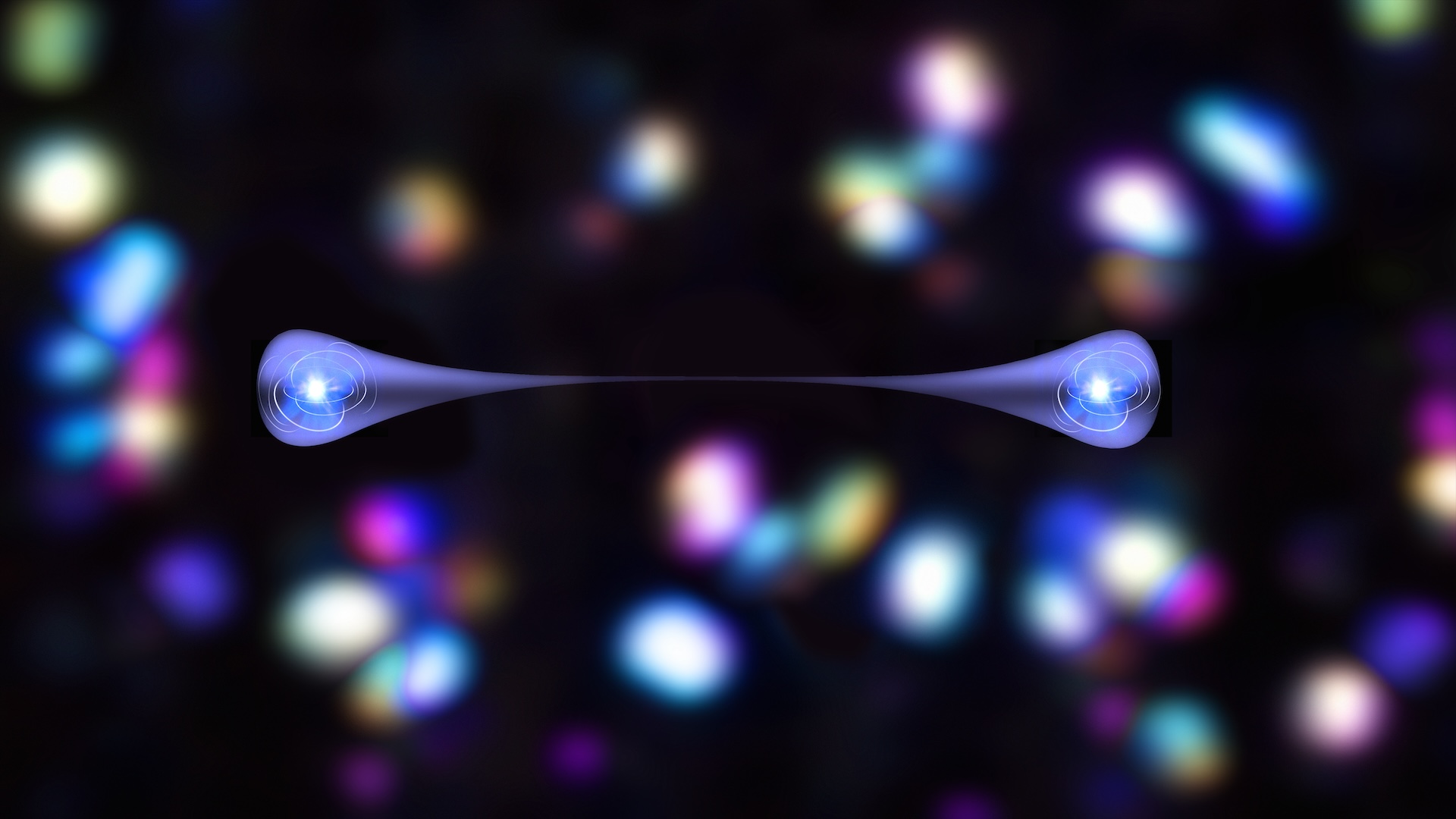New mothers more likely to experience pareidolia, when your brain thinks it see faces in inanimate objects
Oxytocin may be responsible for new mothers' heightened ability to see faces in inanimate objects, but more research is needed.

A cheeky smile from a burnt piece of toast or a sullen stare from the "eyes" of a wall socket — when you start to see faces in inanimate objects, you may be experiencing "pareidolia," a phenomenon in which people perceive significant images in otherwise random visual patterns.
And according to new research, if you've just had a baby, you might be more susceptible to so-called face pareidolia.
In a new study, published Wednesday (Sept. 13) in the journal Biology Letters, scientists showed a collection of images to nearly 380 women, about two-fifths of whom were pregnant or had given birth in the past year and the rest of whom were not pregnant.
"We found postpartum women rated objects with illusory faces as more 'face-like' than expectant women and those not pregnant," study lead author Jessica Taubert, a psychologist at the University of Queensland in Australia, said in a statement.
Related: 6 interesting effects of oxytocin
Taubert and her team hypothesize that this is probably because after birth these women have elevated levels of oxytocin, nicknamed the "love" or "cuddle" hormone because it regulates many body processes involved in reproduction and social behavior.
"Oxytocin is known for reducing stress, enhancing mood and promoting maternal behaviors like lactation [breast milk production and secretion], so it could contribute to a heightened sensitivity in perceiving faces in objects," Taubert said. However, as the team didn't directly measure oxytocin levels in the study, they caution that other factors could have caused these differences between groups.
Sign up for the Live Science daily newsletter now
Get the world’s most fascinating discoveries delivered straight to your inbox.
According to the authors, face pareidolia is common, but until now, it's been unknown whether our susceptibility to the phenomenon changes throughout our lifetime.
Previously, in a 2022 paper, Taubert and her team revealed that adults of varying ages were more likely to see male faces in inanimate objects than female faces. "We were subsequently contacted by women who reported that they saw faces in objects more often after giving birth, so we conducted an experiment to examine this theory," Taubert said.

Given that oxytocin has been found to be involved in the perception of faces and facial expressions, her team hypothesized that people going through stages of life where oxytocin levels are elevated, such as during pregnancy or postpartum, may be more susceptible to experiencing pareidolia. Oxytocin has generally been found to increase throughout pregnancy, peak soon after birth and then gradually decrease.
The women in the new study were shown 320 images in a random order and asked to rank them on an 11-point scale as to how well they could see a face or not. Thirty-two images were of real human faces, 32 of "non-face" objects, like a picture of a burger or a fried egg, and 256 were of objects that looked like they have faces, like bubbles on the surface of a cup of coffee.
Across the board, the women easily identified real human faces and did not see faces in the "non-face" objects. The difference arose only when they were looking at the illusory faces, and in this, postpartum women came out on top.
"These data, collected online, suggest that our sensitivity to face-like patterns is not fixed and may change throughout adulthood," the authors wrote in the paper. The heightened sensitivity in postpartum women may promote social bonding, and oxytocin may be responsible for this, they said. But again, that's an idea that needs testing.
"The findings elicit curiosity," Joydeep Bhattacharya, a professor of psychology at Goldsmiths University of London who was not involved in the research, told The Guardian. "But we need more robust replications and proper measurements to make any reliable conclusions."

Emily is a health news writer based in London, United Kingdom. She holds a bachelor's degree in biology from Durham University and a master's degree in clinical and therapeutic neuroscience from Oxford University. She has worked in science communication, medical writing and as a local news reporter while undertaking NCTJ journalism training with News Associates. In 2018, she was named one of MHP Communications' 30 journalists to watch under 30. (emily.cooke@futurenet.com)









